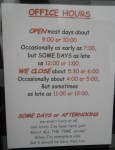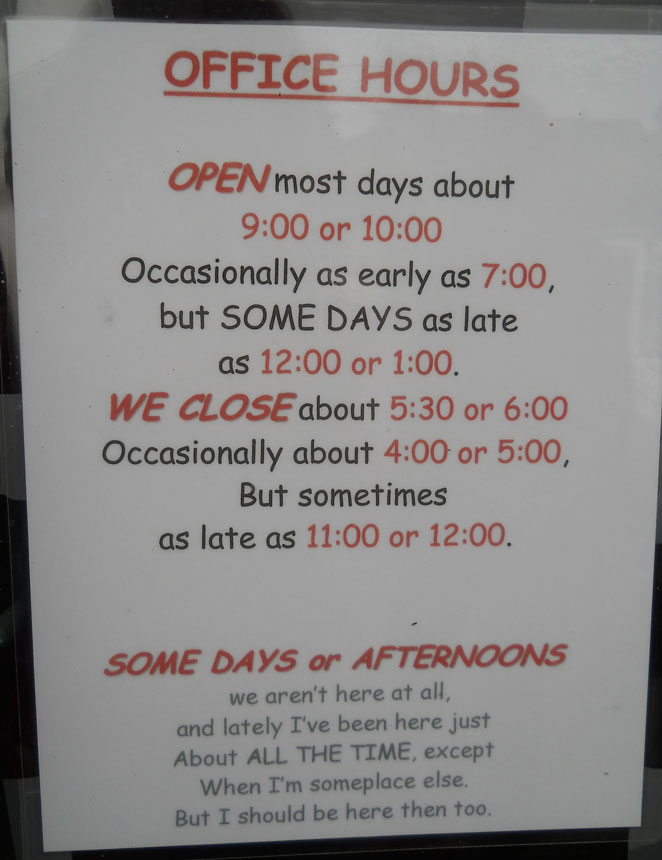
As a customer, I just might be your worst nightmare.
Don’t get me wrong, I’m not malicious and I am fairly easy to please. When I encounter poor customer service, I’m unlikely to stage a hissy fit. I go away quietly, never to return, and never to refer future customers.
Customer complaints are gifts. Smart business owners will always prefer an unhappy customer’s feedback over their silence. Customers that go away to tell others about a negative experience can be a business owner’s worst nightmare.
Not long ago, I went into a store to look for an item. I was motivated to make a purchase, had looked through several other stores and not found what I was searching for. The lady minding the store was camped behind the counter reading a book. I explained what I wanted and she pointed to the back of the store where she thought I might find it, and cheerfully went back to reading her book.
I wandered around the store for a while, searching. The clerk was oblivious to me. I finally found what I needed within arms length of where she sat. I bought the item and left. I didn’t complain, there was no yelling, not a single deletable expletive. I paid, smiled, and left without a hint of discontent – the business owner’s worst nightmare.
She didn’t insult me, didn’t do anything overtly wrong. I just didn’t feel welcomed or valued. It was such a small thing really, hardly worth any fuss. But what a high cost to the owner of the business.
Even the sleepiest of folks would have to agree that the term “customer service” probably has something to do with making customers happy. So, why would one ever fall short of doing everything in their power to satisfy each customer that graces their path? My hunch is that those who give any less than top customer service do not understand the high cost of getting first-time customers in the door or the enduring collateral damage an unhappy customer can generate over time.
Here are a few simple ways to make customers happy:
1.Welcome every customer with a smile.
2.Be friendly, polite, and respectful.
3.Show the customer that you care.
4.Make each customer your top priority and provide your best service.
5.Go the extra mile to ensure they are served, do more than you’re paid for.
6.Make each customer experience special.
The strangest thing about customer satisfaction is that it’s less about the money; it’s more about the time. Well, more specifically it’s about helping the customer feel good about the time it took to earn the money as well as the time invested in spending it.
Customers work hard to earn the money they spend. After investing time to earn money, a customer then takes a bit more time to spend the money. Money comes and goes, but time is precious and irreplaceable. Once time has been invested, it’s gone; you can’t get it back.
Customers get to choose where they spend their money and time, and are more likely to do so with businesses and people who provide the best and friendliest service. Perhaps even more importantly, customers are more likely to frequent places where they can feel good about themselves.
The way to avoid having customers become your worst nightmare is easy enough. Simply do everything in your power to ensure each customer feels good about the time they spend in your business. To borrow from a wise phrase by Dr. Dennis Waitley, do everything in your power to “make her glad she talked to you today.”


 1. Tidy up your personal finances before applying for a business loan.
1. Tidy up your personal finances before applying for a business loan.